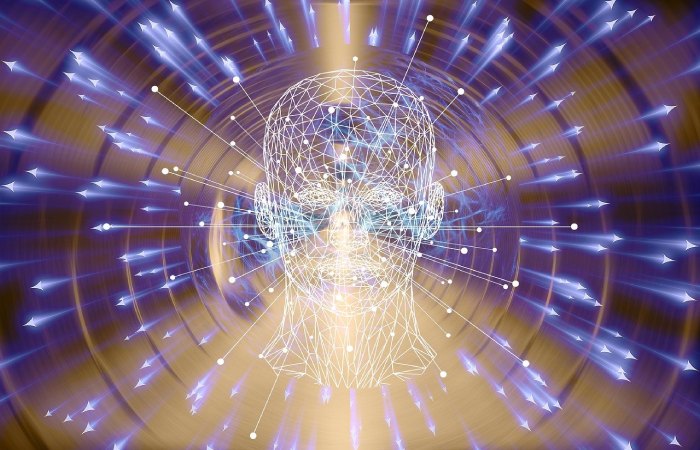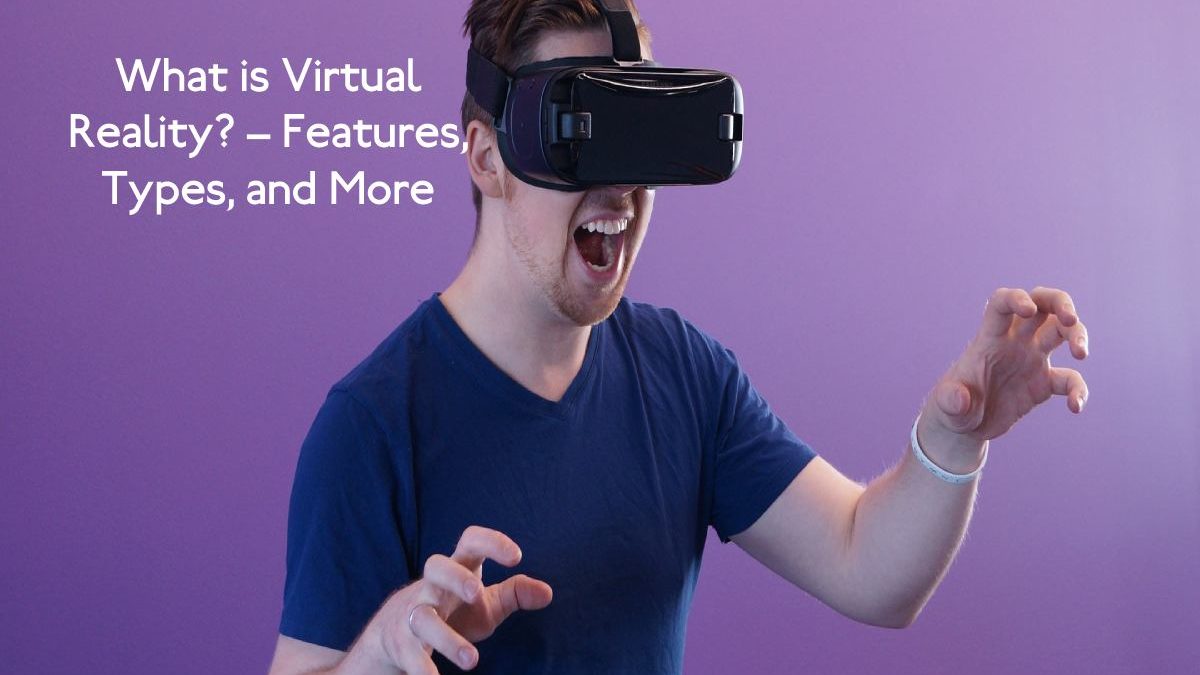Table of Contents
What is Virtual Reality?
Virtual Reality (VR) describes the set of immersive technologies that seek to position the user within virtual environments simulated by computers. Depending on what the simulations are intend to achieve, the images may or may not remain realistic.
To be carried out, VR makes use of devices called virtual reality glasses or helmets. These make it possible for users to perceive 360° scenes in high definition.
The addition of audio and motion sensors allows a unique interaction with the environment, giving the experience a handy realistic feature.
Since a user can become the protagonist of a scenario without leaving a controlled environment, the applications in entertainment are only limited by imagination.
At an industrial level, operators can become familiar with risky environments without exposing themselves, and doctors can practice complex procedures, technical equipment can assist remotely, and much more.
Features of Virtual Reality
Now, for the virtual reality experience to be as realistic as possible, it is necessary to have these characteristics:
It must be immersive: The virtual world must be built so that the user feels that it is a place that exists or that at least the simulation is close enough to that feeling.
The more credible, the better: Simulations that adhere to our reality to everyday life are more effective than those that create new and unknown worlds.
It must be interactive: This is another aspect that contributes to immersion. The user not only sees a new world but also intervenes in it. His presence must affect the objects and environments that surround him.
Maintain sensory experience: This means that there must be coherence between what happens in the simulation and the movements made by the user.
Types of Virtual Reality

Non-immersive virtual reality
It is call non-immersive because the user is more aware of a simulated reality. However, it is the most common type of all and for the same reason it can be overlook.
The world of video games is a clear example since its mechanics and graphics can create a feeling of immersion. However, the experience is more accurate if you have a theatre system that gives more fidelity to the sound and other devices, such as controls, that improve touch.
Recently with the release of the PlayStation 5 console, the controls were improve with DualSense. Which returns the triggers to be tighter or softer depending on the game situation, which allows for a more realistic sensation.
Semi-Immersive Virtual Reality
In this type of reality, the user still distinguishes the natural world from the virtual one. Although this line becomes more diffuse than in the case of non-immersive fact.
To achieve a semi-immersive experience, virtual elements supported by other physical elements are needed, thus creating a mixed reality. For example, flight simulation cameras have a physical space similar to a real cockpit, but they have screens on which the simulation is project instead of glass.
Due to its nature, this technology has greater use in the industrial and educational sectors since it. Dramatically facilitates interaction with information without the need to abandon the natural environment completely.
Immersive Virtual Reality
A typical immersive VR device consists of a headset connected to a computer. Which has a high-resolution screen that occupies the user’s entire vision and motion sensors connected throughout the body.
The Importance of Virtual Reality
As we saw in the preceding section, if we look back several years, we can see how far we have come as a society in terms of technology. And is that until recently, virtual reality was only possible in works of science fiction.
These technologies have become the daily lives of many people, as they are increasingly use in the medical, educational and scientific fields and different industrial sectors.
Thanks to them, errors in manufacturing different objects, most of them of high value and complexity, can be minimize.
In this way, you have a more detailed view of their characteristics. They can be test and manipulated without worrying about losing the materials due to some error.
In addition, it is handy as an educational tool since it opens the door to other learning methods. And facilitates laboratory work in careers in the area of health sciences and engineering.
Conclusion
Virtual reality remains a simulated experience that can stay like or different from the real world. Applications of virtual reality include entertainment, education and business.


